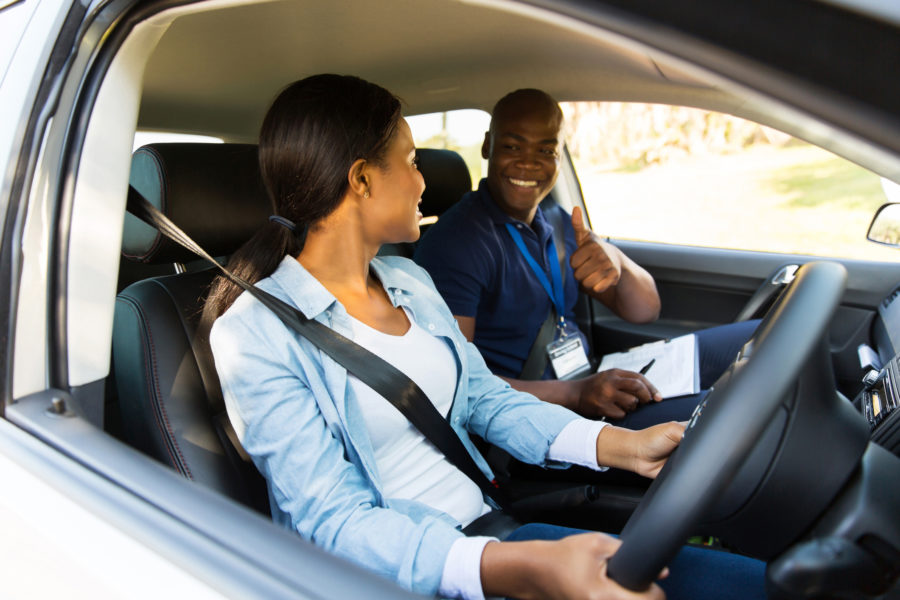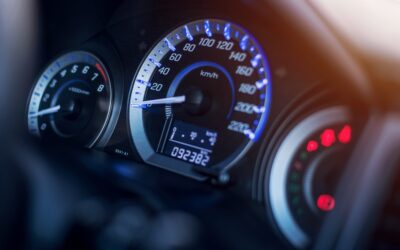One in three people taking their driving test will be asked to do an emergency stop. The emergency stop will be done in addition to your other manoeuvres. Although you should always be prepared to do an emergency stop should the situation arise, if your examiner would like to see you demonstrate an emergency stop, they will ask you to pull over to the side of the road and ask you to do so. It won’t happen unexpectedly.

Don’t panic
An emergency stop is a simple manoeuvre to perform, and you won’t be asked to do so if the examiner feels it is unsafe (for example there is traffic around), so there is no need to panic. Once your examiner has told you to pull away, wait until it is safe to do so and drive away as normal until they tell you to perform the emergency stop. They will have picked a suitable location, so there is no need to accelerate as quickly as possible, and they will want to see you perform the manoeuvre from a normal speed, so it is important not to go too slowly either. Driving in excess of the speed limit, or too slowly for the traffic could see you given a fault, even if you perform the emergency stop correctly.
Stop immediately
You should always be aware what is going on behind you, however, your examiner will also be keeping an eye on the road, and will not ask you to perform an emergency stop if it is not safe to do so. Once you are asked to perform the manoeuvre, do so immediately. In a real emergency situation there would be no time to check your mirrors or indicate, so do not do so in your driving test, however counter-intuitive that may seem.
How to perform an emergency stop
The first thing to do is make sure you have both hands on your steering wheel, as this will help you to retain as much control as possible. With your feet, squeeze the brake pedal as firmly as you can, bringing the vehicle to a safe halt. Do not use the handbrake, as this could cause the car to skid. Try to use the clutch to prevent the car from stalling, but don’t apply it too soon, as this will make it take longer to come to a complete stop.
What to do after you have come to a stop
Once you have come to a complete stop, you can then apply the handbrake and select neutral. Once your examiner has told you to continue, you may then drive away, making sure you take the time to check in your mirrors that it is safe to do so first.
Performing an emergency stop after your driving test
Knowing how to do an emergency stop is important, as even though we all hope we will never have to perform one, people are unpredictable, and you may find yourself needing to use this manoeuvre. You should always be looking ahead for potential hazards and situations where you may need to perform an emergency stop.
It is important to remember to remain alert after you have come to a stop, as you may have to move out of the way quickly in order to prevent another accident, so stay aware of your surroundings.
See our blog for more information and advice on how to pass your test and master your manoeuvres. Once you’ve passed your test, don’t forget that you’ll also need new driver insurance.



